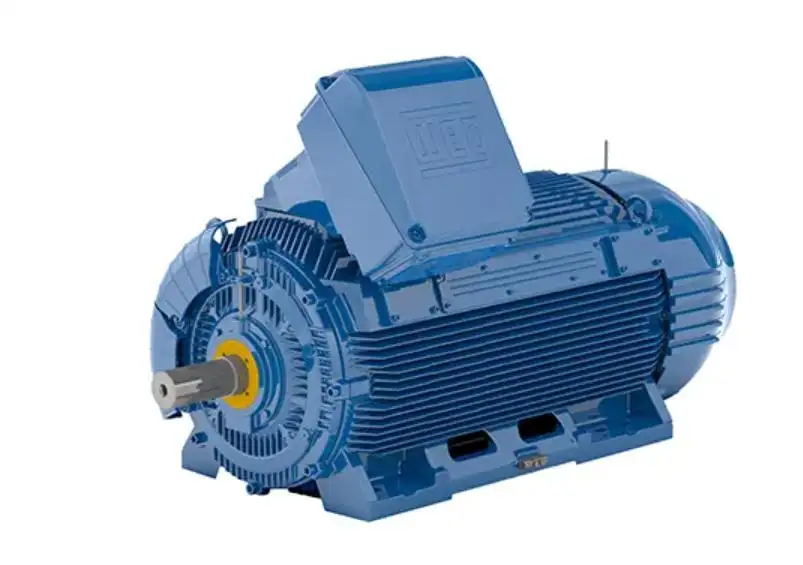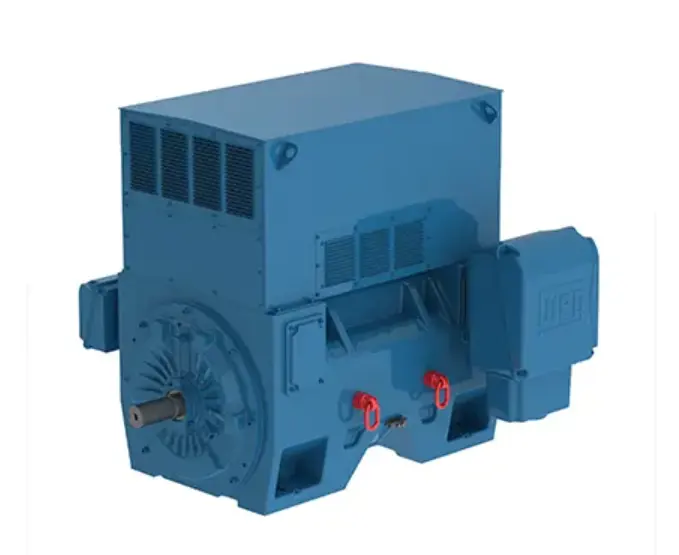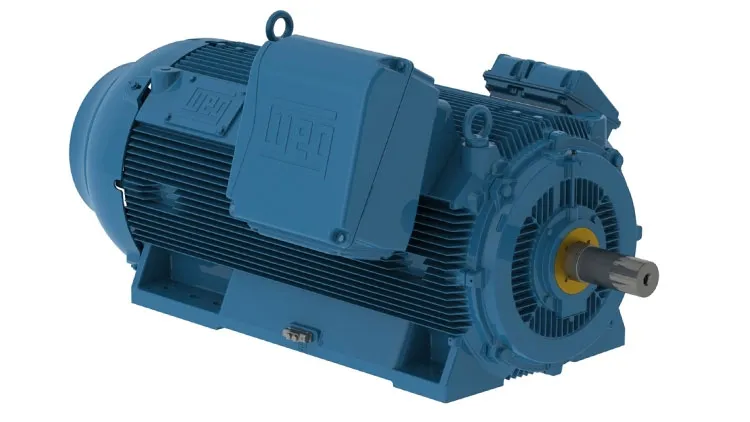A Guide for Choosing the Right Compressor
Choosing the right air compressor is a pivotal decision for any operation, whether it’s a bustling manufacturing plant or a busy automotive garage. The heart of your pneumatic systems beats with compressed air, and picking the ideal compressor directly shapes your daily output, expenses, and future growth. Among the most popular candidates in the industrial arena are the screw compressor vs reciprocating compressor
A Closer Look at Compression Technology
Both screw and reciprocating compressors belong to the positive-displacement machines. In simple terms, they trap a set volume of air and then shrink that pocket, raising pressure before sending it downstream. Even so, the two designs achieve that squeeze in very different ways, which gives each unit its strengths and quirks on the floor.
Comparison of These Compressors
Reciprocating Compressors (Piston Compressors)
Reciprocating compressor, old piston compressor, you've got the dependable mule of any compressed-air outfit. Inside, it behaves just like a small car engine: pistons slide back and forth in metal tubes to move and squeeze the air.
How They Work:
1. Intake Stroke: As the piston drops, it makes a mini vacuum that yanks fresh air through the open intake valve and into the cylinder.
2. Compression Stroke: The piston then climbs, sealing the air in and forcing it into a smaller space. Up it goes, and the intake valve bangs shut.
3. Discharge Stroke: When the trapped air hits the target pressure, the discharge valve springs open, and that high-pressure breath rushes into the air receiver tank.
Key Technical Specifications:
- Pressure Range: These units shine at high pressure, cranking out anything from a hundred PSI all the way to thousands for niche work.
- CFM (Cubic Feet per Minute) Range: For the same horsepower they usually deliver less CFM than a screw unit, so they suit jobs that don t need a flood of air all at once.
- Duty Cycle: Built for stop-and-go duty, so run them nonstop, and the bearings and rings start to sweat and wear well ahead of schedule.
-Lift and Output Stages: You can choose between a single stage that packs air once or a two-stage model that squeezes it twice for extra pressure.

Rotary Screw Compressors
A rotary screw compressor is a quiet, steady workhorse that feeds air nonstop. Instead of clanging pistons, it uses two interlocking helical rotors- one called the male and the other the female spin in opposite directions.
How They Work
1. Air Intake: As the screws turn, fresh air slides in through the wider end and fills the gaps between the lobes.
2. Compression: With each additional turn, those gaps shrink, forcing the air into a smaller space until the pressure climbs.
3. Discharge: When the air slips past the discharge port at the narrow end, it bursts out smoothly and is ready for the piping.
Key Technical Specifications
- Pressure Range: Most units run between 80 PSI and 175 PSI, covering the needs of countless factories and workshops.
- CFM (Cubic Feet per Minute) Range: Their ability to pump high CFM steadily is why users turn to them. They can deliver anywhere from roughly 10 CFM to 2000 CFM, depending on the build.
Duty Cycle: These machines are purpose-built for round-the-clock work and are commonly rated at a full 100% duty cycle, so they can churn away day and night without overheating or breaking down.
Oil Injection: You can choose the oil-injected version, which is by far the most popular because the lubricant seals clearances and carries heat, or the oil-free model, essential for sensitive lines such as food and drink production.
Screw Compressor Vs. Reciprocating Compressor
Screw compressor vs reciprocating compressor Now let’s knock the two against each other on the key fronts that matter on the shop floor. The showdown below lays bare the strengths and weaknesses of each pressure maker.
1. Energy Efficiency & Operating Cost
Reciprocating compressors start and stop with each demand peak, so they lose some muscle when the workload runs nonstop. A fresh kick of power spools in a heavy current, and that constant cycle can chew up kilowatts. So overall energy use can swing wildly, much depending on the site's duty pattern.
Screw compressors shine when factories need compressed air around the clock. Because they run under a steady load, whipsaw energy spikes are rare. With the latest variable-speed-drive (VSD) upgrade, the motor only spins as fast as the job demands, slicing power use by 25 to 35 percent or even more. That makes screw units a wallet-friendly choice for big plants.
Duty Cycle & Reliability
Reciprocating compressors take the stage when air use is patchy, not continuous. Frequent starts and stops chew through piston rings and valves, while leftover heat builds up if the unit runs too long. Ignoring the duty cycle typically results in 50 to 70 percent breakdowns and balloon repair bills.
Screw machines, in contrast, ignore such limits because they're made for a full-time shift. Their smooth rotary action creates far less friction and heat than the hammering pistons of a reciprocating engine, so parts wear out slowly. Put another way, screw compressors are the heavyweights in the air-compression ring, built to handle tough, constant jobs without breaking a sweat.
Noise Level
- Reciprocating compressors tend to be the noisier option, particularly in compact models. The banging of pistons and snapping of valves, together with quick start-stop cycles, raise noise levels that can bother quiet work areas.
- Screw units usually earn the title quiet air compressor because they run with a smooth, rotary action. Instead of sharp bangs, they deliver a low, steady hum. Adding sound-proof housing cuts most remaining noise, so these machines fit in plants where keeping the volume down matters.
Maintenance & Service Requirements
Reciprocating compressors demand more attention often because many parts wear out. Technicians must check and sometimes swap piston rings, valves, and connecting rod bearings on a regular schedule. Oil changes matter as well, and failure to catch oil carryover can lead to broader headaches. Because the upkeep adds up over time, owning this type often comes with a steeper maintenance bill.
Maintenance chores are lighter and show up less often on these units. Because most moving parts are just the rotors and a couple of bearings, there is simply less stuff that can wear out. Oil-injected models still demand regular oil and filter swaps, though, so don’t skip that. Keep up with service, and they will keep running reliably for years. Some machines do not need a major overhaul until they hit 20,000 to 40,000 hours.
Conclusion
Unsure which compressor fits your plant? Stop by VIBRANT and let our experts guide you. Well, match you with a budget-friendly piston unit or a high-efficiency rotary screw system. Contact us for tailored advice and a free quote.









